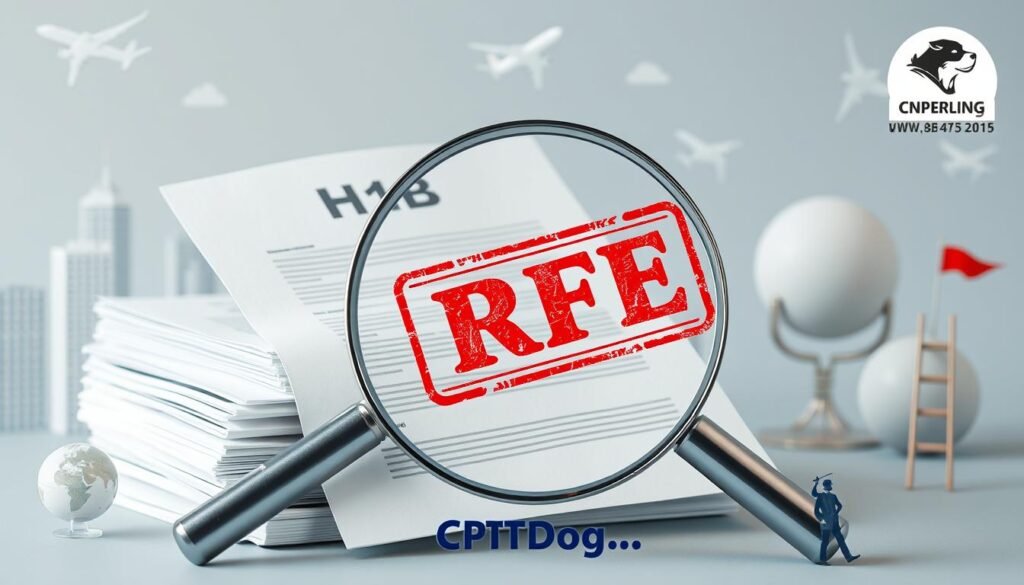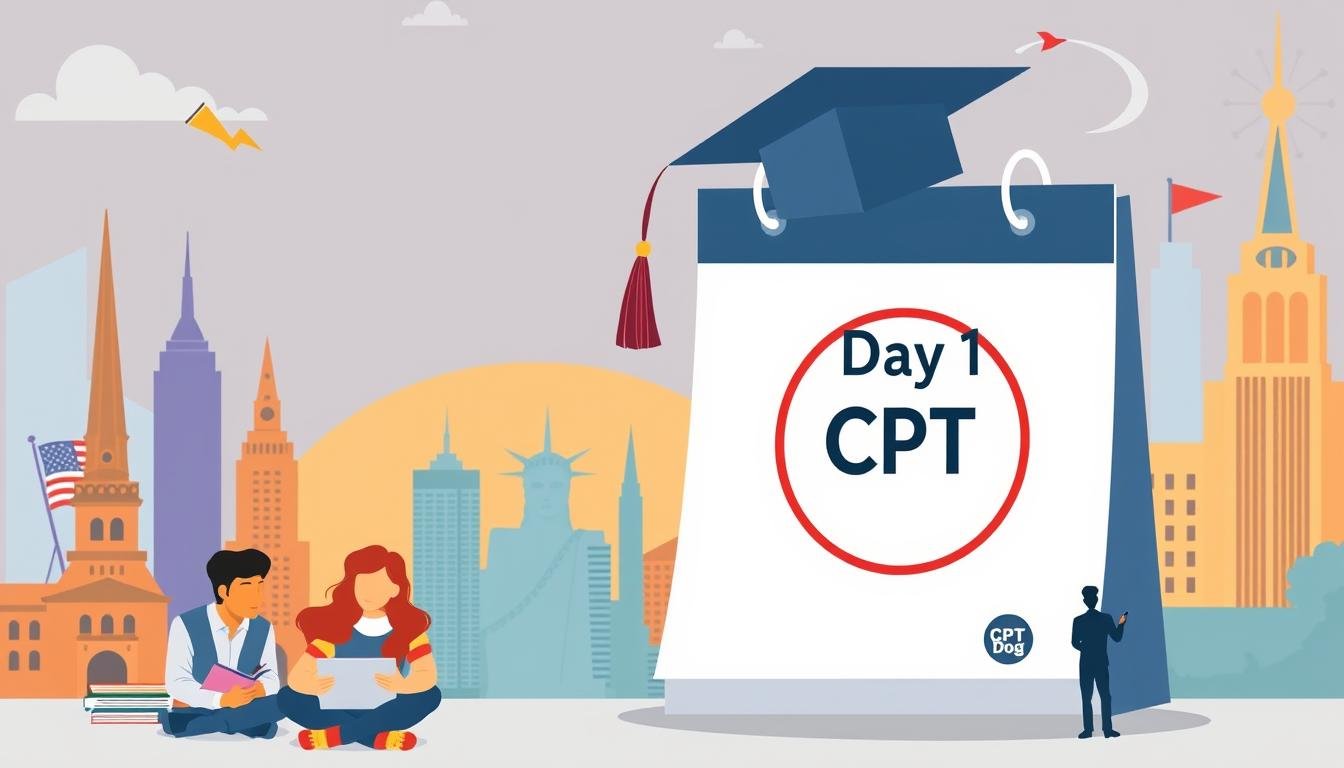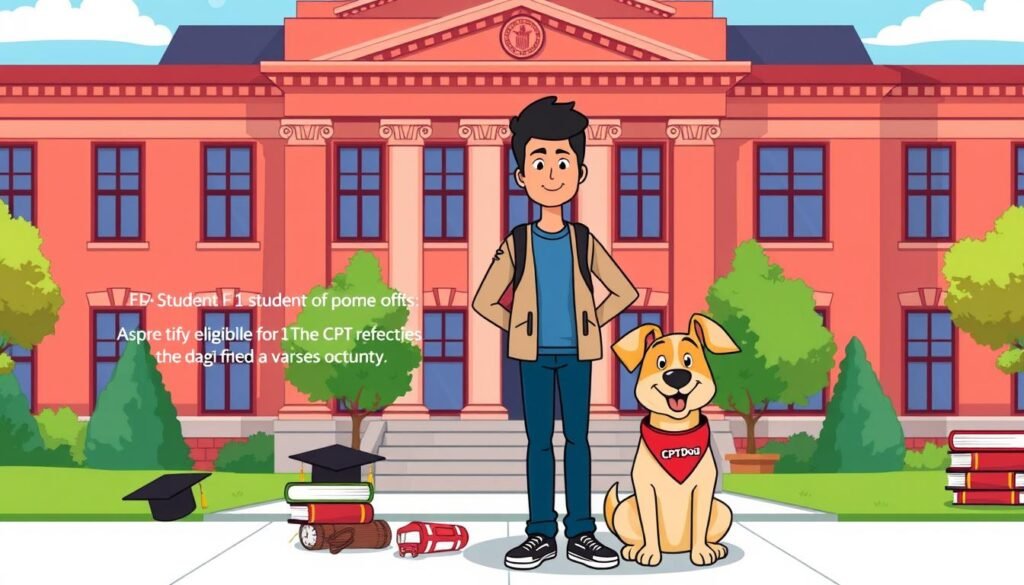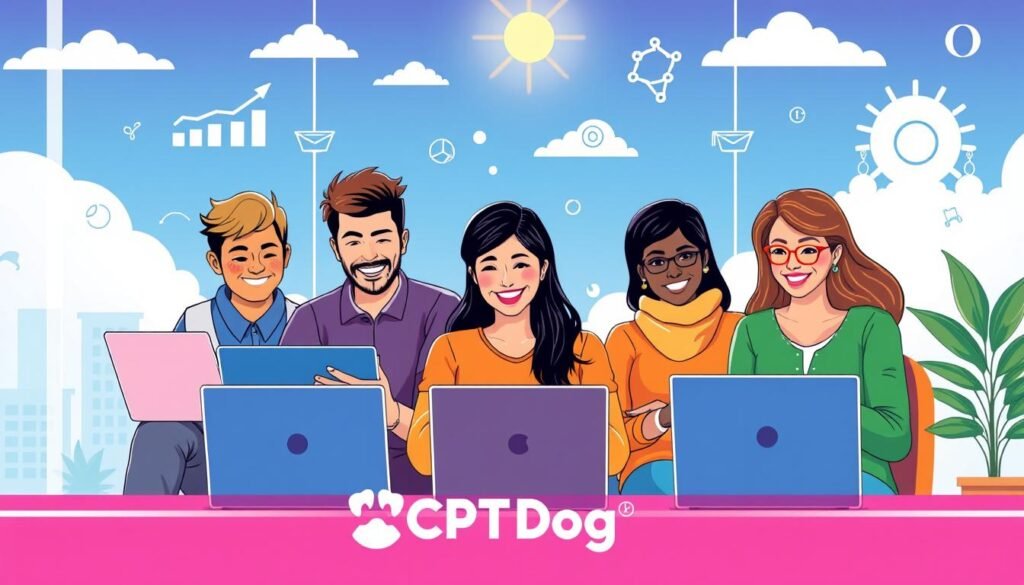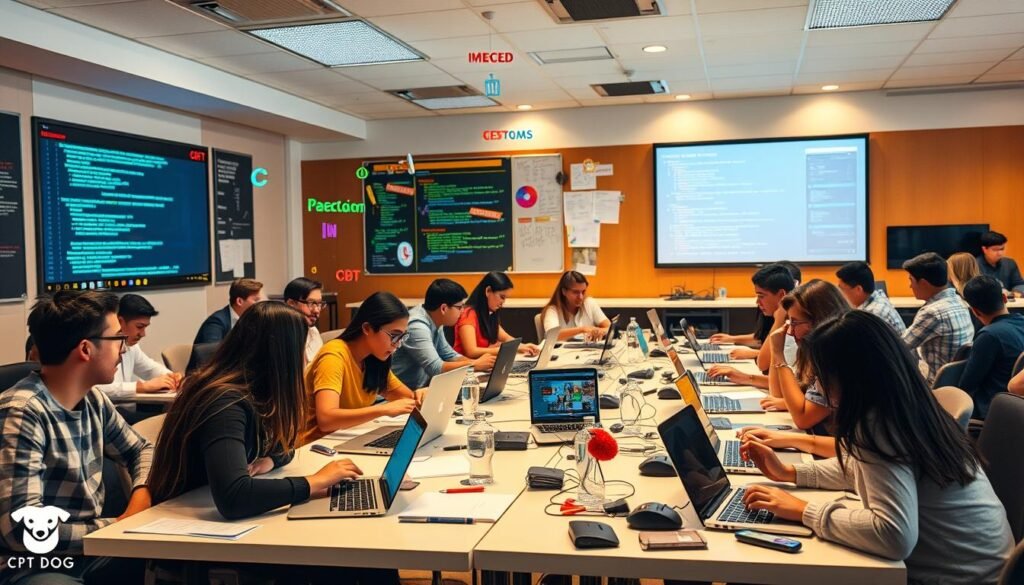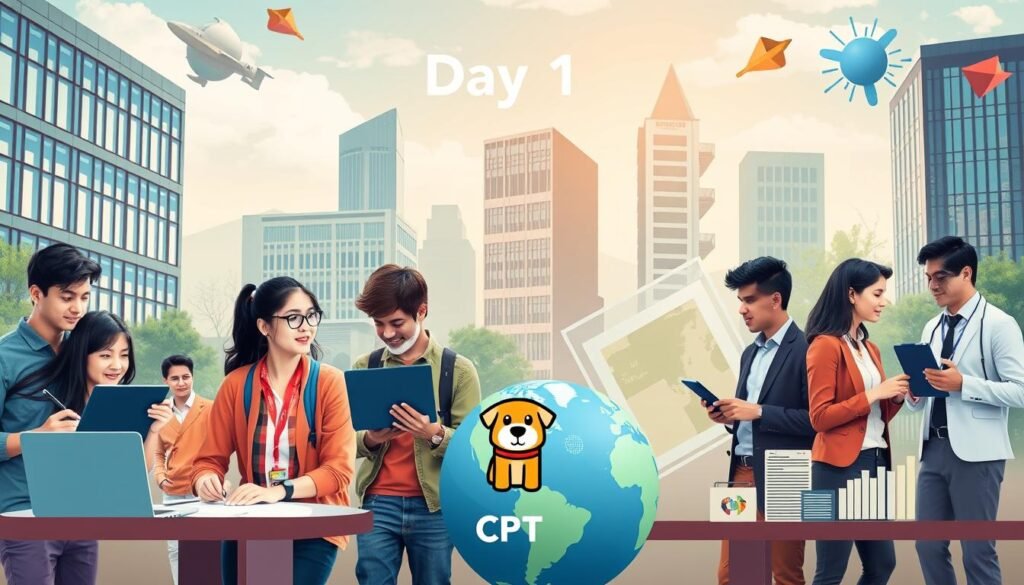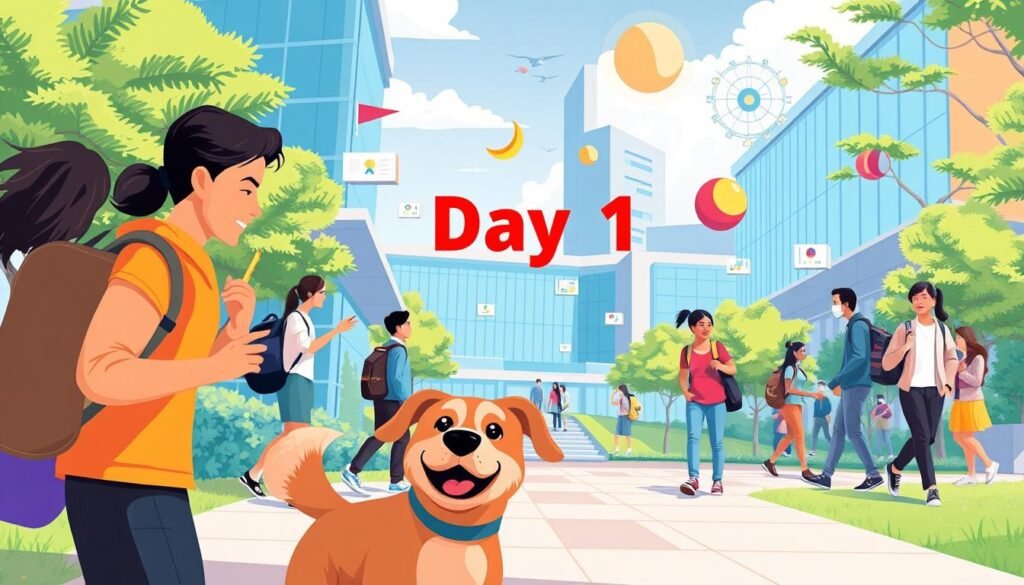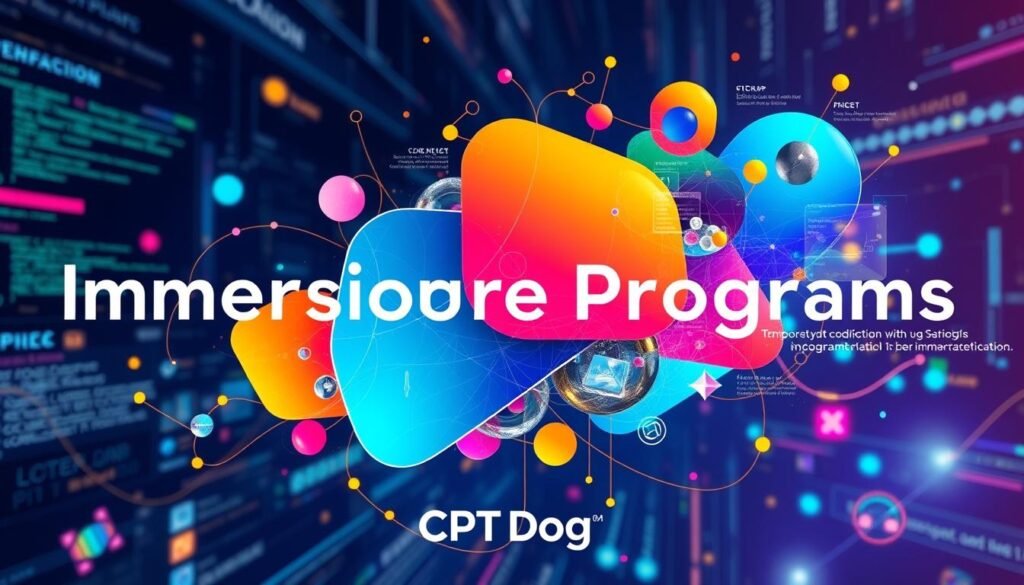Are you an international student looking to boost your academic and career chances in the U.S.? GoElite Day 1 CPT could be the answer you’ve been searching for.
Day 1 CPT is a special way for international students with F-1 visas to get work permission right when they start school. It lets you mix work experience into your studies.
This approach is different from usual work rules. It lets students start internships or jobs as soon as they begin their studies. This way, you can start building your professional network and getting valuable work experience early on.
To succeed with Day 1 CPT, you need to know its rules and the complex immigration laws. Your job must match your field of study, and following the rules is key to keeping your student status.
Key Takeaways
- Day 1 CPT allows immediate work authorization for international students
- Work experience must directly relate to your academic program
- Accredited universities offer specialized Day 1 CPT programs
- Careful compliance with USCIS guidelines is crucial
- Strategic program selection can enhance career prospects
Understanding Day 1 CPT
Working in the U.S. as an international student can be tough. Day 1 Curricular Practical Training (CPT) is a chance for F-1 students to get work experience right away. It’s a great start to their academic journey.
What is Day 1 CPT?
Day 1 CPT lets international students work right when they start school. It’s different from regular CPT, which waits until after a year. Day 1 CPT means you can work in your field of study from the start.
- Immediate work authorization from day one of academic program
- Primarily available in graduate-level STEM fields
- Requires authorization from the school’s Designated School Official (DSO)
Benefits of Day 1 CPT
Day 1 CPT offers more than just the chance to work right away. It helps students get valuable work experience. This can help them financially and build professional connections in their field.
| Benefit | Impact |
|---|---|
| Immediate Work Experience | Start building professional skills from day one |
| Financial Support | Offset educational expenses through paid work |
| Career Networking | Connect with potential employers in STEM fields |
Common Misconceptions about Day 1 CPT
Many students don’t get Day 1 CPT right. It’s important to know that not all schools offer it. Also, following immigration rules is key.
“Day 1 CPT is a powerful tool, but it requires careful navigation and understanding of its specific requirements.” – Immigration Education Expert
About 20-30% of U.S. schools have Day 1 CPT, mostly in STEM fields. Make sure your school offers it. Also, know how it might affect your future work options like Optional Practical Training (OPT).
Eligibility Criteria for Day 1 CPT
Understanding Day 1 CPT eligibility is key for international students. They must know the rules for work authorization. This is important for their work experience in the U.S.
Enrollment in Accredited Universities
Choosing the right school is the first step for Day 1 CPT. Only accredited universities with Day 1 CPT programs can help. Look for:
- Verification of university’s accreditation status
- Specific STEM-focused degree programs
- Comprehensive curriculum alignment with professional goals
Full-Time Student Status Requirements
Being a full-time student is essential for Day 1 CPT. Students need to:
- Enroll in a minimum of 12 credit hours per semester
- Maintain continuous academic progression
- Ensure consistent communication with university’s international student office
| Eligibility Criterion | Requirement Details |
|---|---|
| Visa Status | Valid F-1 Visa |
| Academic Program | Master’s or Doctoral Degree |
| Minimum GPA | 3.0 or Higher |
| Work Authorization | Job Directly Related to Study Field |
Previous Degree Requirements
International students with prior degrees need to check their qualifications. Some schools have specific requirements for Day 1 CPT.
“Successful Day 1 CPT participation demands meticulous preparation and understanding of complex immigration guidelines.” – Immigration Expert

Pro Tip: Always talk to your Designated School Official (DSO) to confirm your Day 1 CPT eligibility. This ensures you follow all immigration rules.
Types of Programs Offering Day 1 CPT
Exploring Day 1 CPT universities means looking at graduate programs. These programs offer unique chances for international students. They provide flexible paths in various fields.
Day 1 CPT focuses on graduate studies, especially in STEM fields. It lets students start working right away. This blends learning with real-world experience from the start.
Master’s Degree Programs in Day 1 CPT
Master’s programs offer great Day 1 CPT chances in many areas. They stand out because of:
- Integrated practical training needs
- Strong ties to the industry
- Flexible online learning options
Doctorate Programs and CPT Opportunities
Doctoral programs give the best Day 1 CPT experiences. Fields like engineering, computer science, and healthcare administration are key. They offer deep practical training.
*”Day 1 CPT programs bridge academic learning with real-world professional experience”* – International Education Expert
Online Learning and Day 1 CPT Dynamics
Online education has changed Day 1 CPT for international students. It makes it easy to mix work experience with learning. This keeps the academic level high.
| Program Type | CPT Availability | Key Fields |
|---|---|---|
| Master’s Programs | High | Business, Technology |
| Doctorate Programs | Very High | Research, STEM |
| Online Programs | Moderate | Flexible Disciplines |
International students need to research universities with Day 1 CPT programs. Choosing the right program is crucial. It affects your career and professional growth.
Application Process for Day 1 CPT
Applying for Day 1 CPT needs careful attention and knowing what your university wants. International students must work closely with their Designated School Official (DSO) for a smooth process.
Essential Documentation for Day 1 CPT Application
To apply for Day 1 CPT, you’ll need to gather important documents. These include:
- Valid I-20 form
- Current F-1 visa
- Completed CPT application form
- Official job offer letter
- Proof of full-time enrollment
Step-by-Step Application Process
The Day 1 CPT application has a clear process that changes a bit by university. Here’s what usually happens:
- Check if you’re eligible with your DSO
- Get all needed documents ready
- Send in your CPT application
- Wait for DSO approval
Approval Timelines and Expectations
Knowing how long it takes to get approved is key for international students. It usually takes 5-10 business days. Some universities might be faster.
| University | CPT Approval Time | SEVIS Transfer Notice |
|---|---|---|
| Monroe College | 3 days | 15 days before semester |
| New England College | 5-7 days | 3 working days before semester |
Pro tip: Always start your Day 1 CPT application early and keep in touch with your DSO for a smooth process.
Remember, you must stay enrolled full-time with at least 6 credit hours. Also, keep your GPA around 3.0 to keep your Day 1 CPT status.
Finding Employers for Day 1 CPT
As an international student, finding a job in the US can be tough. Day 1 CPT jobs are special because they let students work in fields they studied. This is a great chance to get real-world experience.
Industries Welcoming Day 1 CPT Students
Some industries really want to hire Day 1 CPT students. Tech, engineering, and business are the top ones. They see the value in international talent.
- Technology companies like smaller tech startups
- Engineering firms requiring specialized skills
- Business consulting organizations
- Research and development departments
Networking Opportunities
Your university’s career services can help a lot. They offer career fairs, alumni networks, and internships. These are great ways to meet employers.
“Your network is your net worth in the professional world” – Professional Career Advisor
Tips for Securing a Position
- Tailor your resume to highlight major-specific skills
- Attend university career events
- Leverage LinkedIn for professional connections
- Practice interview techniques specific to international student roles
| Company Size | Day 1 CPT Acceptance Rate | Typical Sectors |
|---|---|---|
| Small Companies | 60-70% | Tech Startups, Local Businesses |
| Medium Companies | 50-60% | Consulting, Regional Firms |
| Large Tech Companies | 30-40% | Research, Development |
Knowing the job market is key. Big tech companies like Microsoft might be picky. But, smaller and medium-sized firms often have more Day 1 CPT jobs.
Compliance and Regulations Surrounding Day 1 CPT

Understanding Day 1 CPT rules is crucial for international students. They must know the USCIS policies and F-1 visa rules. These rules affect their studies and work in the U.S.
Understanding the Rules of Day 1 CPT
Day 1 CPT has its own set of rules. The USCIS sets these rules to keep students in good standing:
- Immediate CPT is mainly for graduate students
- Students should focus on their studies first
- Having all the right documents is key
Consequences of Non-Compliance
“Ignorance of the law is no excuse” – This saying is very true for international students.
Not following Day 1 CPT rules can lead to big problems. Some risks include:
- Loss of F-1 visa status
- Possible deportation
- Challenges with future immigration
Keeping Your Student Status Valid
To stay in compliance, international students need to pay close attention. USCIS watches students to make sure they follow the rules. Important steps include:
- Staying enrolled full-time
- Keeping up with academic and work records
- Getting the right approvals from school officials
The 2019 University of Farmington case shows why following the rules is so important. Fake programs can cause serious legal issues. It’s vital to choose schools that are accredited.
International students should work with their university’s international student office. This helps ensure they follow Day 1 CPT rules and USCIS policies.
Success Stories Involving Day 1 CPT
International students have found great career opportunities with Day 1 CPT programs. This approach lets you start working right away, changing how you learn. Schools like Westcliff University and Harrisburg University help students get into the workforce quickly.
Many students have seen big changes thanks to Day 1 CPT. For example, Raj Patel started an AI marketing startup with Day 1 CPT. It got a lot of funding before he even graduated. Maria Rodriguez also got an internship at a top company right when she started her master’s.
When you apply what you learn in class, your career grows fast. Sarah, for example, used her Executive MBA at JW Marriott in Los Angeles. She worked with guests and planned events, turning theory into action. This gave her a strong start for her career.
Day 1 CPT is a special way to grow professionally. It lets you work in your field right away, making you stand out. It also gives you chances to network and gain experience that regular school can’t offer. Choosing the right program can turn your studies into a career path.
FAQ
What exactly is Day 1 CPT?
Day 1 CPT is a special work permit for international students. It lets you start working right when you start your studies. You can get jobs related to your studies, like internships or part-time jobs, while still being a full-time student.
Who is eligible for Day 1 CPT?
You need to be a full-time student in a graduate program to get Day 1 CPT. This usually means a master’s or doctoral degree. Your job must be closely tied to your studies and approved by your school’s official.
How does Day 1 CPT differ from traditional CPT and OPT?
Day 1 CPT lets you work right away, unlike traditional CPT. It’s different from OPT because you can work while studying, not just after you graduate. Day 1 CPT is more connected to your studies.
What types of programs typically offer Day 1 CPT?
Day 1 CPT is common in graduate programs, especially in STEM fields. This includes computer science, engineering, and business. Master’s and doctoral programs often include practical training as part of their curriculum.
What documentation do I need to apply for Day 1 CPT?
You’ll need your I-20 form, a valid F-1 visa, and a job offer letter. You also need proof of full-time enrollment and approval from your school’s DSO.
Are there any risks associated with Day 1 CPT?
Day 1 CPT can be great, but you must follow USCIS rules carefully. Misusing it could harm your future immigration status. Make sure your work is really connected to your studies and you stay a full-time student.
Can online programs offer Day 1 CPT?
Some online programs offer Day 1 CPT, but check if they’re accredited and follow F-1 visa rules. These programs usually have a mix of online and on-site classes to keep you compliant.
What industries are most likely to hire Day 1 CPT students?
Tech, engineering, business consulting, and research are top industries for Day 1 CPT students. Jobs in software development, data science, biotechnology, and management consulting are common.
How long can I work under Day 1 CPT?
Day 1 CPT work hours vary by your program. You can work part-time during the school year and full-time during breaks. The exact hours depend on your school’s rules.
What happens if I violate Day 1 CPT regulations?
Breaking Day 1 CPT rules can lead to big problems. You could lose your F-1 visa, face issues with future U.S. immigration, and get restricted in your studies or work here.






